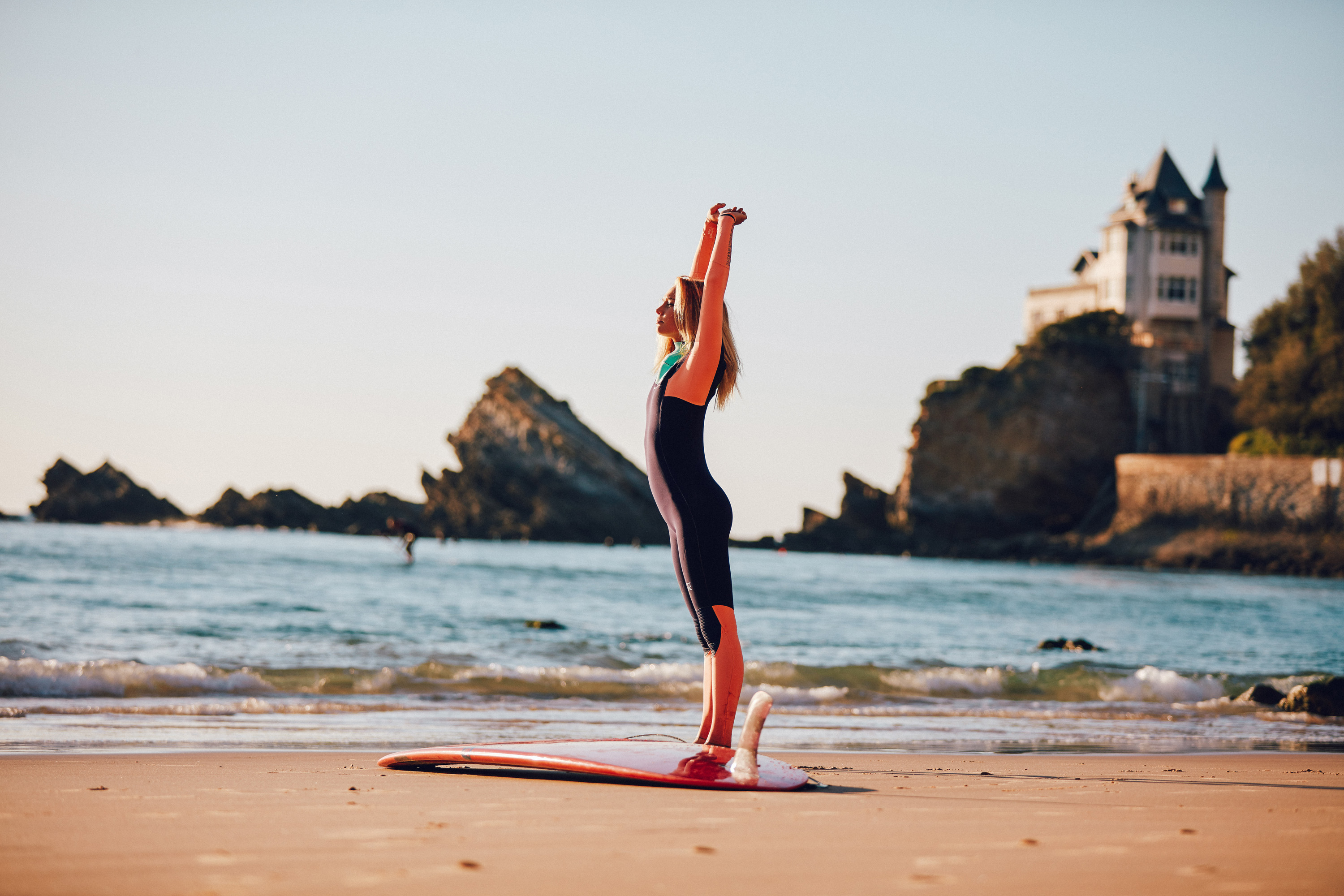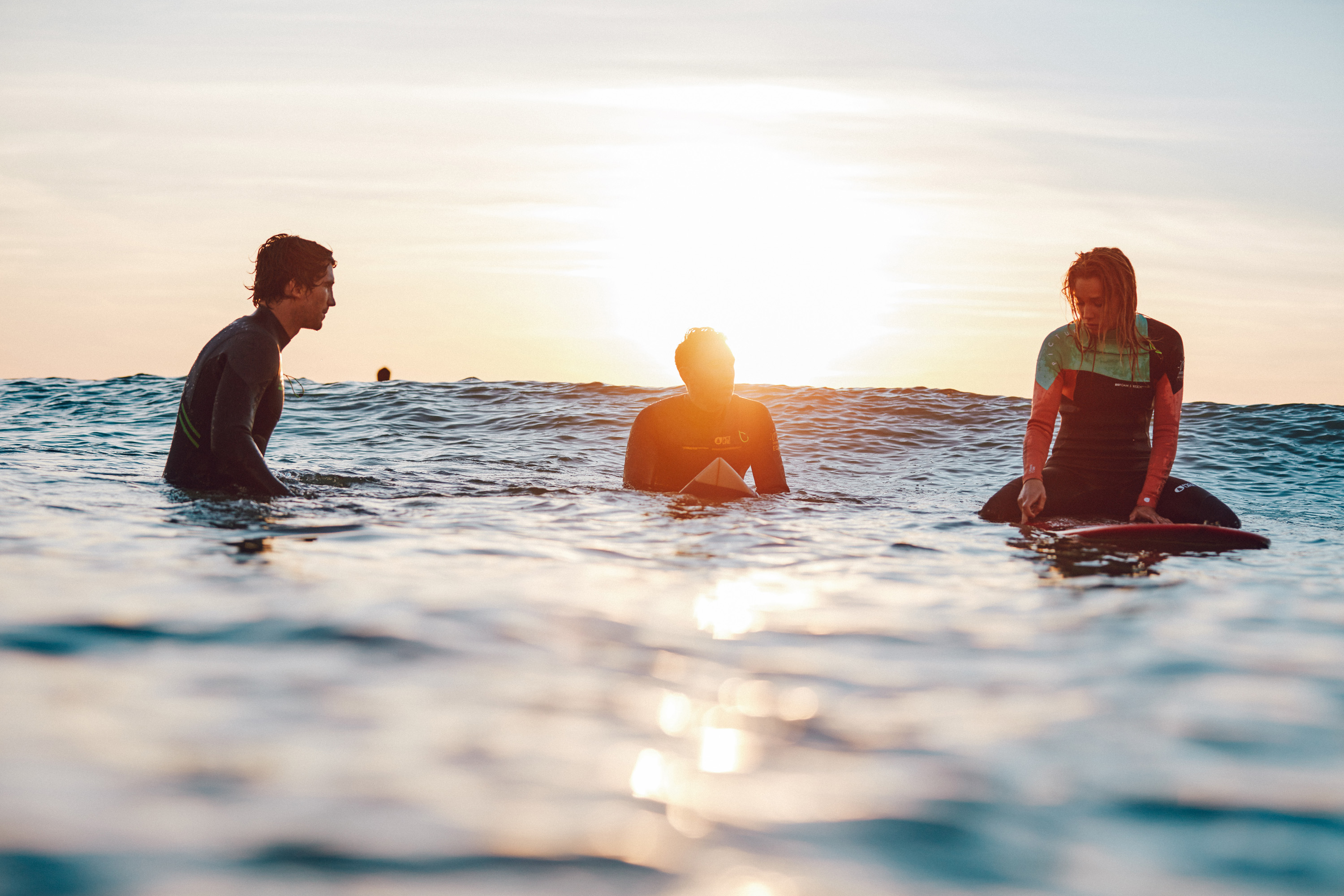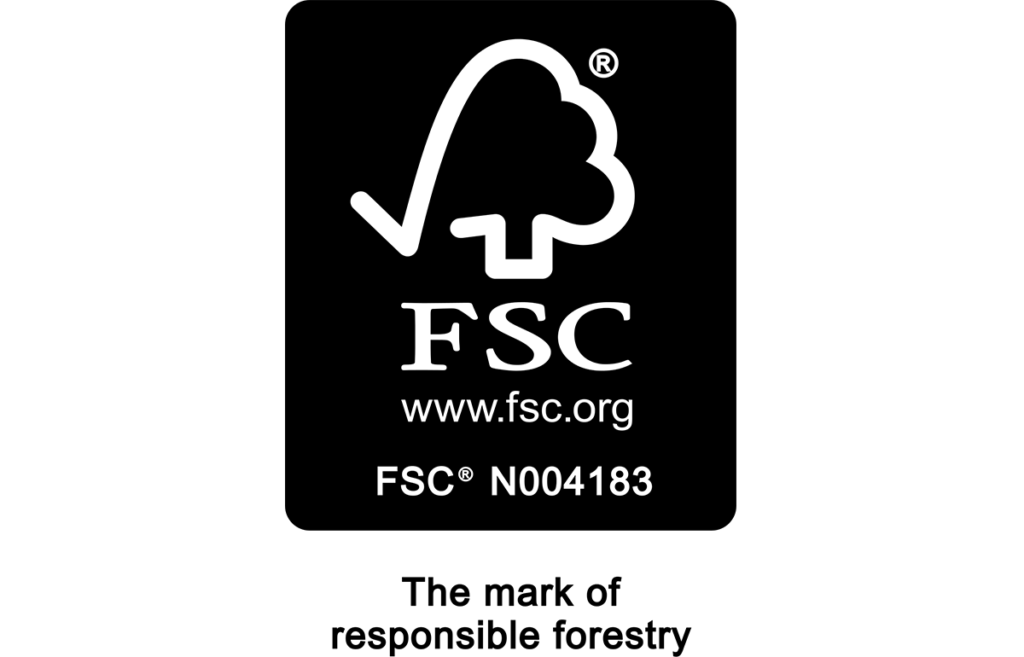BRANDS WE LIKE
NaturalPrene is the name of a new sustainable alternative to neoprene. It is made for the most part from natural rubber – just like the soles of our sneakers. A small clothing label called Picture Organic Clothing from Annecy, France is using NaturalPrene to make stylish, high-tech and truly eye-popping wetsuits, all with a commitment and dedication to recycling.
Most of your time as a surfer is spent waiting behind the break line for a good wave. When it finally shows up you have to react in a flash, turning quickly, paddling and hopping up on the board to ride out the wave with a loud “Yippie!”, before the thrill is over again in mere seconds. Sometimes you don’t reach the wave at all, or it catches you off guard and plunges you into the “washing machine”. Then the wait starts all over again. The only way to hold out in this waiting game is in an insulating protective wetsuit, offering similar protection from the cold water and wind, UV rays and sharp rock edges as the thick layer of fat that protects seals.
Latex instead of petroleum
Until recently the only option for surfers, kiteboarders and scuba divers was to squeeze themselves into petroleum-based neoprene* wetsuits manufactured in a process that is highly energy-inefficient. But thankfully there are now clean alternatives including YulexTM by the US manufacturer of the same name, and the similar NaturalPrene TM from Sheico in Taiwan. The US outdoor outfitter Patagonia was the first company to respond to environmentally-conscious surfers by premiering its neoprene-free Yulex wetsuits in August of 2016.
This past March the water sports fashion brand Picture Organic Clothing followed “suit” with its NaturalPrene “Eco Suits”, after investing a good two years into conjuring up the ideal formula. Its neoprene substitute is made of 85 percent natural rubber, the same latex used to make the soles of our Ethletic sneakers.
Picture Organic gets its raw materials from rubber tree plantations in Malaysia – unfortunately these plantations are not yet FSC-certified (Patagonia and Ethletic are one step ahead on that count). The additional 15% of materials consist of synthetic rubber made from corn plants in a chlorine-free manufacturing process. This clean synthetic rubber increases the suits’ UV resistance and general durability. NaturalPrene is laminated with recycled, quick-drying polyester.
Innumerable micro bubbles in the fabric enable the material to be stretched to four times its size in four different directions! This is a godsend when putting on and peeling off the wetsuits. This young French team is also proud of the pattern construction used in the wetsuits. Taking a cue from special triathlon-wear, there are no seams around the arms and shoulders to pinch or hinder the movement of surfers when they’re swimming. The nine-piece collection features everything from thick or thin full-body suits to shorties in a variety of colors.
The surfer-girl suits are adorned with palm leaves and bird-of-paradise blossoms, and they all inherently feature the accustomed French “Wow!” factor. For instance, the cut around the bottom of the “Mellow” wetsuit is as short as a one-piece swimsuit.
Three surfing nuts – one Vision: 100 Percent environmentally-friendly
Jérémy Rochette, Vincent André and Julien Durant are the masterminds behind the Picture Organic brand, and all three are major snowboarding and surfing enthusiasts – as well as born showmen! They model the label’s menswear themselves in photos and videos with a refreshing, rarely seen edginess. Extrovert Vincent can even be seen pictured with porn-like censor bars and wearing puck sunglasses or making ridiculous faces.
In 2008 these three childhood buddies joined forces to design new clothing for their favorite sports. Jérémy was a professional architect at the time, while Julien was in marketing and Vincent had just finished school. The architect in the gang took on the design duties, as seen in the geometrical patterns and color-blocking on the line’s jackets and pants. And as an eco-warrior through and through, Jérémy also ensured that the new brand would have a priority focus on sustainability.
This would involve challenges for Picture Organic Clothing: It needed to be 1. highly functional, 2. affordable 3. stylish and colorful, and 4. leave the smallest possible ecological footprint. Picture Organic’s first clothing line was a winter sports collection made of recycled PET bottles dedicated to the idea, “Still better than using new petroleum”. Then came recycled polyester board shorts, and expansion of the product range in the years that followed to include streetwear and accessories. The organic cotton used is certified by GOTS or Organic Exchange, and some 90 percent of all Picture Organic products bear the bluesign® symbol confirming they are manufactured in a resource-friendly manner without harmful chemicals.
What about the other 10 percent? For its water-repellant fabrics, Picture Organic rejects the use of the C8 fluorocarbons PFOS and PFOA which permanently accumulate in the environment and are suspected of causing cancer. Instead they use C6-flourocarbon, but even this shorter chain compound is not biodegradable.
New Life for old Outdoor clothing
The trio with the pine tree in their logo is nevertheless determined to achieve “100 Percent Environmentally-Friendliness”. They are already looking for alternative solutions, and coming up with highly original ideas to meet that goal is a specialty of theirs. These include processing fabric scraps into jacket linings to create a unique mosaic inside every jacket. And every Picture Organic point-of-sale also collects old clothes, hats, bags, etc. for the company’s recycling/upcyling program and passes them on to other recyclers.
One such recycler is OWL, the Outdoor Waste Lab in the neighboring town of Meythet. OWL cuts up clothing made of unrecyclable material combinations and uses the pieces to make articles like shopping bags, cellphone cases, wallets and more. Monomaterials such as 100 percent cotton or polyester on the other hand are industrially recycled, allowing something like an old t-shirt to be processed into thread for a new one.

But let’s return to wetsuits again. In the meantime two other small surfing gear brands have also discovered the benefits of NaturalPrene: Vissla (www.vissla.com) and Soöruz (www.sooruz.com). Now it’s time for the industry’s big players like Billabong, Rip Curl and Quiksilver to finally catch up instead of simply relying on function, style and endorsements from popular “local heroes”. Indeed, it’s time for a green wave throughout the world of surfing.
- What’s so bad about neoprene? In the surfer community plastic marine garbage is a major source of irritation and discussion. Little wonder too, given that it’s virtually everywhere and each wave brings a new batch of it onto the beach. But the invisible pollution caused by neoprene wetsuits is also considerable – and long before they’re worn out and ready for the recycling heap. “Neoprene” was originally a brand name owned by the US-based DuPont conglomerate, which introduced its first synthetic rubber onto the market in 1932. Chloroprene monomers made of petroleum-based butadiene are required to manufacture this foam rubber material that features thermal insulating gas bubbles on the interior. The chloroprene is then polymerized (the molecules are linked to macromolecules) and the resulting polychloroprene is then chopped into chips. Next, the chips are melted and then baked in an oven together with foaming substances, plasticizers, antioxidants and other chemical ingredients, i.e. vulcanized. The entire process consumes huge amounts of energy.






